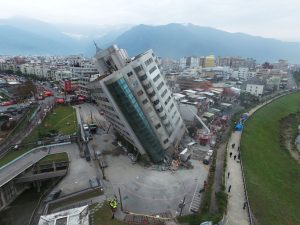Earthquakes are a natural disaster that can cause significant loss of life and property damage. Although they are difficult to predict, advancements in technology have made it possible to identify patterns and detect changes in the earth’s surface that may indicate an impending earthquake. One of the most promising methods for earthquake prediction is through the use of computational intelligence.
Computational intelligence is a field of study that involves the development of algorithms and models for solving complex problems. In the context of earthquake prediction, computational intelligence algorithms can analyze data from various sources such as satellite imagery, seismic sensors, and geological surveys to detect patterns and trends that may indicate an earthquake. These algorithms can also be used to model the behavior of tectonic plates and predict the likelihood of future earthquakes.
One of the key advantages of computational intelligence is its ability to process vast amounts of data quickly and accurately. This is critical in earthquake prediction, where timely and accurate information can help authorities issue early warnings and take appropriate measures to minimize the impact of an earthquake. For example, in Japan, earthquake early warning systems based on computational intelligence algorithms are in use, which can give people several seconds to several minutes of warning before the shaking arrives.
Moreover, computational intelligence algorithms can also be used to improve the accuracy of earthquake hazard assessments. By modeling the behavior of tectonic plates and identifying areas of high seismic activity, computational intelligence can help authorities determine the appropriate building codes and infrastructure standards to minimize the impact of an earthquake.
In conclusion, computational intelligence is a vital tool in predicting earthquakes and mitigating their impact. With its ability to analyze vast amounts of data and model complex systems, computational intelligence is poised to play an even more significant role in earthquake prediction and preparedness in the future.


